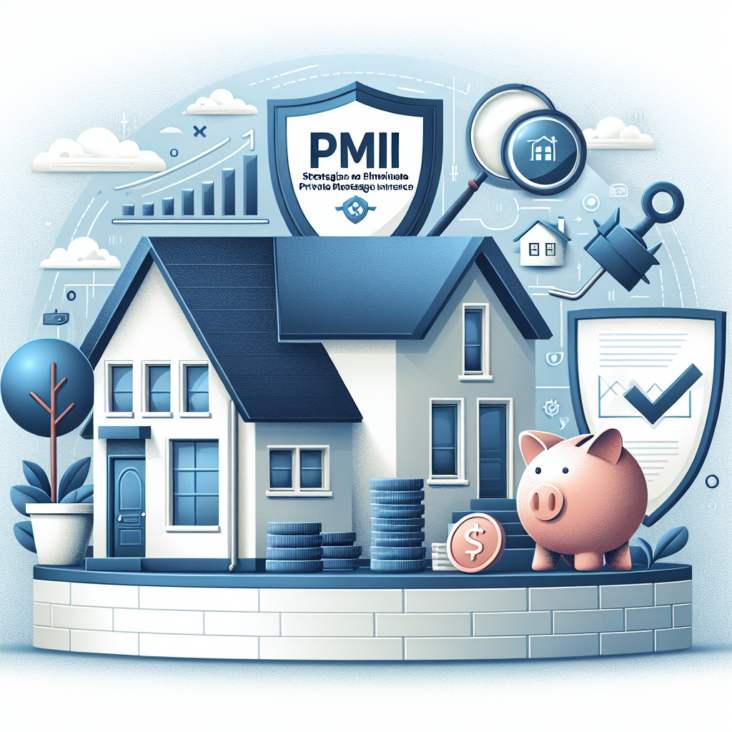Introduction to Private Mortgage Insurance (PMI)
Private Mortgage Insurance, commonly known as PMI, is a type of insurance that lenders require from homebuyers who are unable to make a down payment of at least 20% of the home’s purchase price. While PMI provides protection for the lender in the event of a default, it can be a significant expense for the borrower. This article will explore strategies to avoid or eliminate PMI, offering valuable insights for potential homeowners.
Understanding PMI Costs
PMI costs can vary based on several factors, including the size of the down payment, loan type, and the borrower’s credit score. Typically, PMI premiums range from 0.3% to 1.5% of the original loan amount annually. Below is a table illustrating potential PMI costs based on different down payment scenarios:
| Down Payment Percentage | PMI Rate | Annual PMI Cost (on a $200,000 loan) |
|---|---|---|
| 5% | 1.0% | $2,000 |
| 10% | 0.75% | $1,500 |
| 15% | 0.5% | $1,000 |
Strategies to Avoid PMI
1. Increase Your Down Payment
The most straightforward way to avoid PMI is by making a down payment of at least 20%. This approach eliminates the need for PMI altogether. Here are some tips to increase your down payment:
- Save aggressively by reducing unnecessary expenses.
- Consider using funds from a retirement account, but consult a financial advisor first.
- Look for down payment assistance programs available in your area.
2. Opt for a Piggyback Loan
Also known as an 80-10-10 loan, a piggyback loan involves taking out two mortgages simultaneously to cover the purchase price. This approach typically includes a primary mortgage for 80% of the home’s value, a secondary loan for 10%, and a 10% down payment, thus avoiding PMI. However, it’s crucial to consider the additional costs and complexities involved in managing two loans.
3. Improve Your Credit Score
A higher credit score can lead to better loan terms and potentially lower PMI rates. To improve your credit score:
- Pay all bills on time.
- Reduce existing debt.
- Avoid opening new credit accounts unnecessarily.
Strategies to Eliminate PMI
1. Refinance Your Mortgage
If you’ve built up at least 20% equity in your home, refinancing your mortgage can be an effective way to eliminate PMI. This approach can also lower your interest rate and reduce monthly payments, but be mindful of closing costs and fees associated with refinancing.
2. Request PMI Cancellation
Under the Homeowners Protection Act, borrowers have the right to request PMI cancellation once they reach 20% equity in their home, provided they meet certain conditions such as a good payment history and no second liens. Lenders are required to terminate PMI automatically when the equity reaches 22%.
3. Make Extra Payments
Making additional payments towards your principal balance can accelerate the process of reaching the 20% equity threshold, allowing you to request PMI cancellation sooner.
Conclusion
Mastering PMI involves understanding the costs and implementing strategies to either avoid or eliminate it. By increasing your down payment, improving your credit score, or considering refinancing options, homebuyers can effectively reduce or remove the burden of PMI. Each strategy has its own set of considerations, so it’s essential to evaluate your financial situation and consult with a mortgage advisor to determine the best approach for you.




